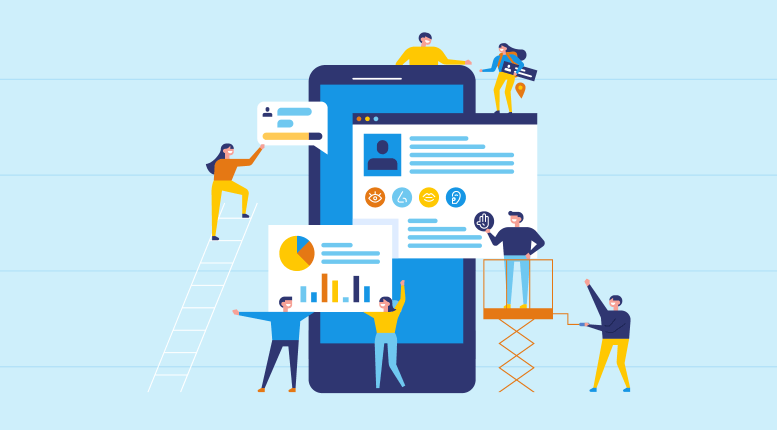Segmenting your audience is something that a lot of business owners and marketing departments know they should do, but often never get round to. However, segmenting your audience can be straightforward, and has a range of benefits including increased customer engagement, improvements to marketing ROI and reduced churn rates. Below, we explore how to segment your customer base.
Whether it’s a list of names, phone numbers or a full-on CRM, as a business owner you’ll likely have a database of clients and purchase histories. When thinking about segmenting your customer database, it’s important to acknowledge that all of your customers won’t have the same needs, communication preferences or purchase history, which is why sending blanket marketing communications to your whole customer list won’t be engaging to a large majority of your audience.
By segmenting your audience, you can craft bespoke, tailor-made messaging for each segment, ensuring that your communications are always relevant and that they match each particular user’s requirements. This keeps your marketing efforts effective, engaging and relevant to all who receive them. If you’re stuck, here are some ways to segment your audience:
1. By Lifetime Value (LTV)
A customer’s lifetime value with you will generally correlate with their customer satisfaction and brand advocacy, so by segmenting your audience into groups that include their lifetime spend with you, this will allow you to create more relevant communications for your most brand-loyal customers. For e-commerce stores, consider using (C)LTV to create a VIP group, giving them advantages such as discount or referral codes and early sale access to keep them engaged.
2. By the frequency of their orders
Similarly to LTV, segmenting by the frequency of your customers’ orders will allow you to find your repeat customers and brand advocates, and market to them in a different way than you would to your one-off customers.
3. By communications preferences
Customer expectations are higher than ever, and they now expect to be able to get in touch with your brand in a way that suits them, as well as hearing from you in the same way. Learn more about your customers by using surveys, and use these insights to find out the communications preferences among your audience – this can include social media, phone calls, emails, texts, WhatsApp, or even in-app messaging.
4. By their buying history
Not only is the frequency and cost of their previous orders important, but segmenting by product purchase history can give you some really exciting opportunities for low-cost and effective marketing. Segmenting by purchase history means you can give relevant recommendations to your customers such as additional or complementary products, giving you the opportunity to upsell and cross-sell. By keeping your database organised by purchase history, you can quickly identify opportunities for retargeting and additional sales.
5. By their engagement rate
For high-ticket items especially, engagement rates with your communications can be a really great way of gauging customer interest. High-ticket items generally have a long lead time, with a large consideration and research stage for the consumer, so although they might not be ready to purchase from you yet, sending regular communications to potential customers who open or your emails or visit your website on a regular basis can help keep them engaged before purchasing.
In summary, segmenting your audience doesn’t have to be hard work, and you will already have much of the data required to create effective segments of your database. Try mixing up your communications styles to each group, and be sure to continuously measure engagement rates, purchases and average order values before and after segmenting, to really see the effects.



Be the first to comment on "How to segment your customer database"